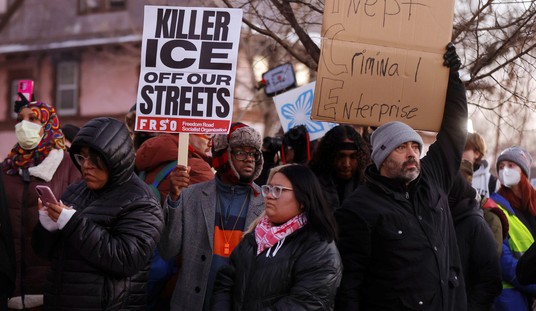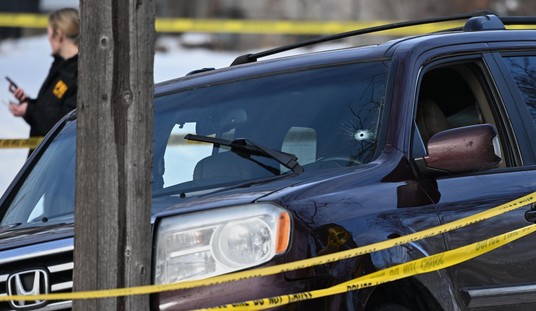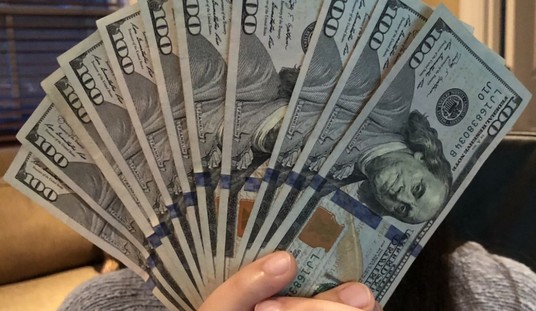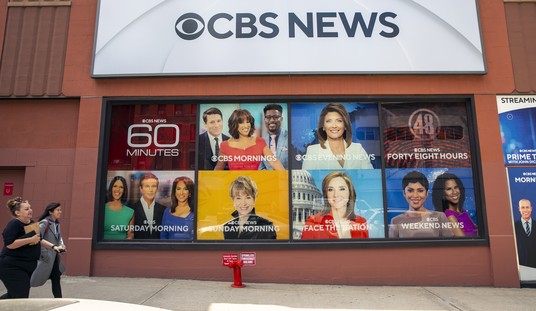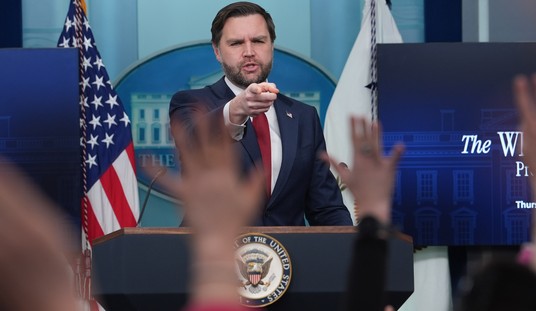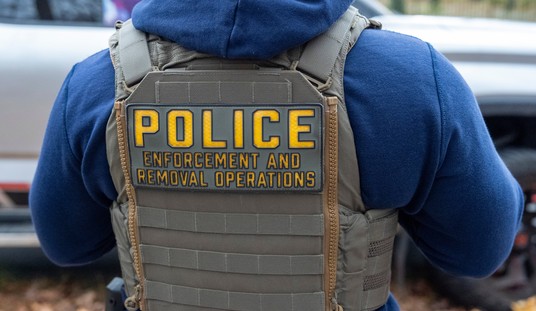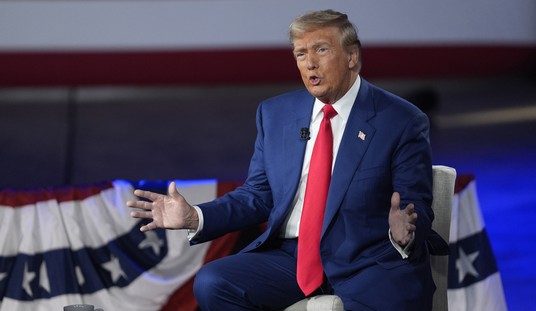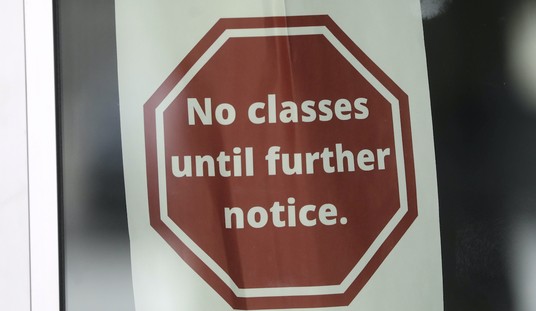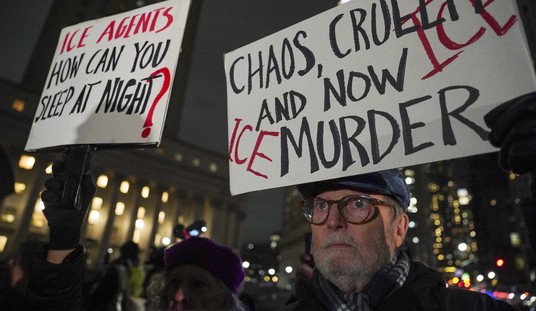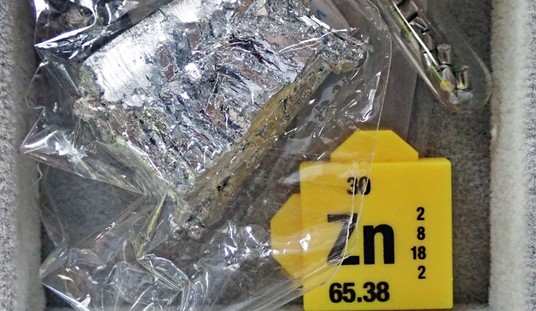Supertramp is one of those bands that has a style that’s distinctly their own, one that makes them difficult to categorize. They formed in 1970, with Roger Hodgson on guitar, keyboards, and vocals, Rick Davies on keyboards and vocals, Dougie Thompson on bass guitar, Bob Siebenberg on drums, and John Helliwell on saxophone. The makeup of the band changed over the years, but the one thing that sticks in the mind from Supertramp in their halcyon years in the ‘70s and ‘80s is the keyboard-heavy style and Roger Hodgson’s distinct, high-pitched vocals.
They were a lot of fun to listen to back in those days. The two albums of theirs that I bought, on LP in a record store in Waterloo, Iowa, were 1974’s “Crime of the Century” and their big 1979 commercial success, “Breakfast in America.” The band had a bunch of other albums, through the years, but those two are my favorites, so we’ll start there.
From “Crime of the Century”:
Bloody Well Right (1974): This song, released as the B side to “Dreamer” (the next song on the list). Remember 45RPM records? For any readers who aren’t Boomers or older, 45s were small records with one song on a side, usually featuring a popular song on the A side, and another song that wasn’t doing so great on the B side. In this case, “Bloody Well Right” did well enough in the US market, hitting #35 in the Billboard Top 100.
Dreamer (1974): Speaking of that A side, “Dreamer” was written and composed by Roger Hodgson when he was 19, on his mother’s piano. He later said about that creation:
I was sitting at the keyboard in my mother’s house and it was something that just flew out of me. I just sang words and the words that came out were very close to what’s in the final song. I was banging boxes and light shades and I created this magical demo.
Read More: Start Your Weekend Right With 7 Great America Tunes
Start Your Weekend Right With Six Groovy Songs From 1968
From “Breakfast in America”:
Take The Long Way Home (1979): Roger Hodgson later called this, the last song written for “Breakfast in America,” as one of the best songs he ever wrote. It has a very distinct sound, featuring a great harmonica and saxophone duet by John Helliwell and Rick Davies. Roger Hodgson described the line and title “Take The Long Way Home” as describing a universal journey of self-discovery.
Breakfast in America (1979): This one wasn’t the band’s greatest commercial success, but it was there, reaching #62 on the Billboard Top 100 in January of 1981. I’ve always been a little bemused about the album cover, with a heavily stylized New York City in the background (including the Twin Towers) and in the place of the Statue of Liberty, a heavy-set cafeteria waitress holding up a glass of orange juice on a small plate in place of the famous torch, and a menu in the place of the tablet.Goodbye Stranger (1979): This song did better on the charts, hitting #15 in the Billboard Top 100. It takes an interesting tone. “Record World” on July 14th, 1979, described the song and the band thusly:
One of the hottest groups around wins again with this optimistic view from a drifter.
I’m not sure I get the “drifter” part as opposed to someone who (like me) has just traveled a lot, but far be it from me to question “Record World.”
The Logical Song (1979): Then, there’s this one, which I always found a bit odd. Written by Roger Hodgson (again), the song is supposedly based on Roger’s years in a boarding school. Hodgson later said:
Supertramp, as a band, had a great run. I’m sure all of you have your own favorites. The comments, as always, are all yours!In 'The Logical Song', the burning question that came down to its rawest place was 'please tell me who I am', and that's basically what the song is about. I think this eternal question continues to hit such a deep chord in people around the world and why it stays so meaningful.



